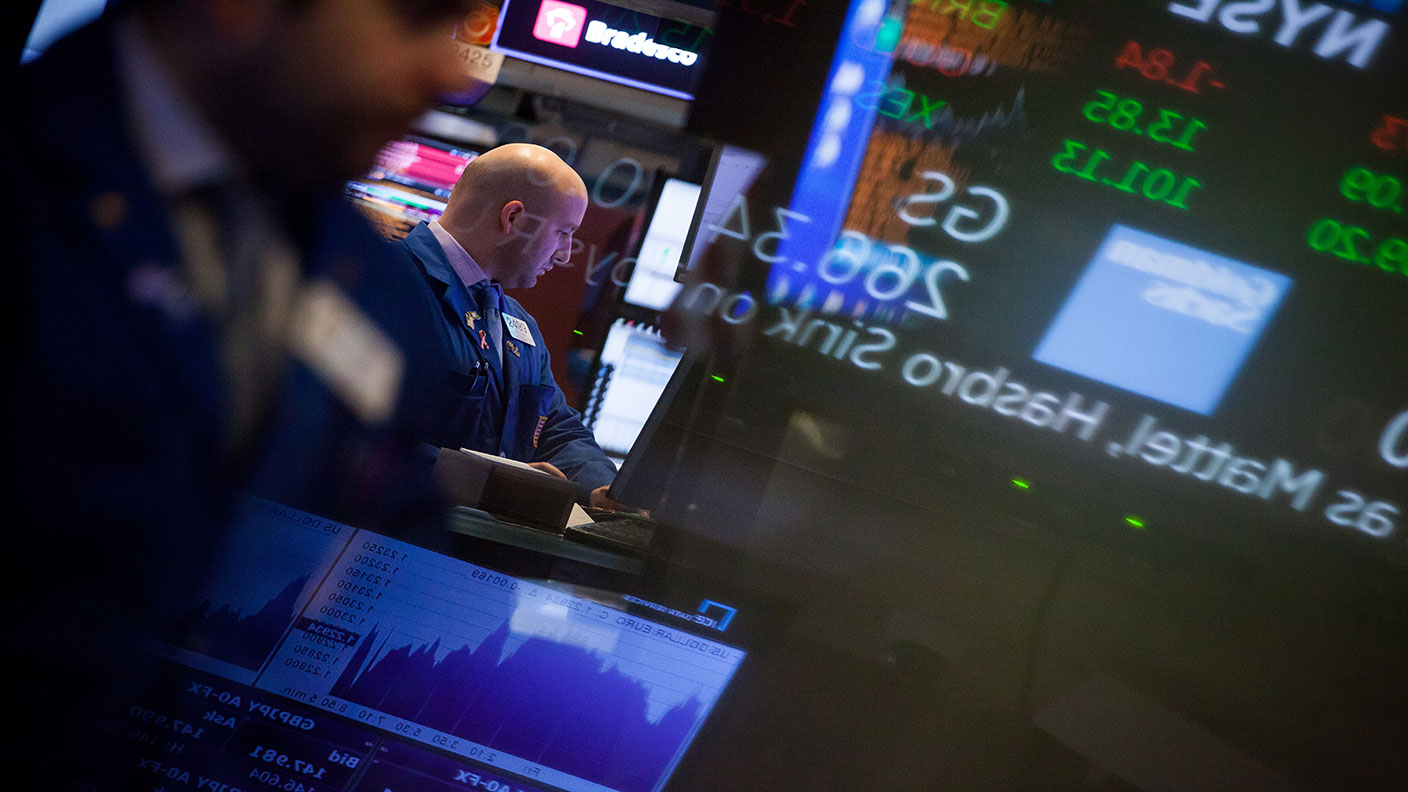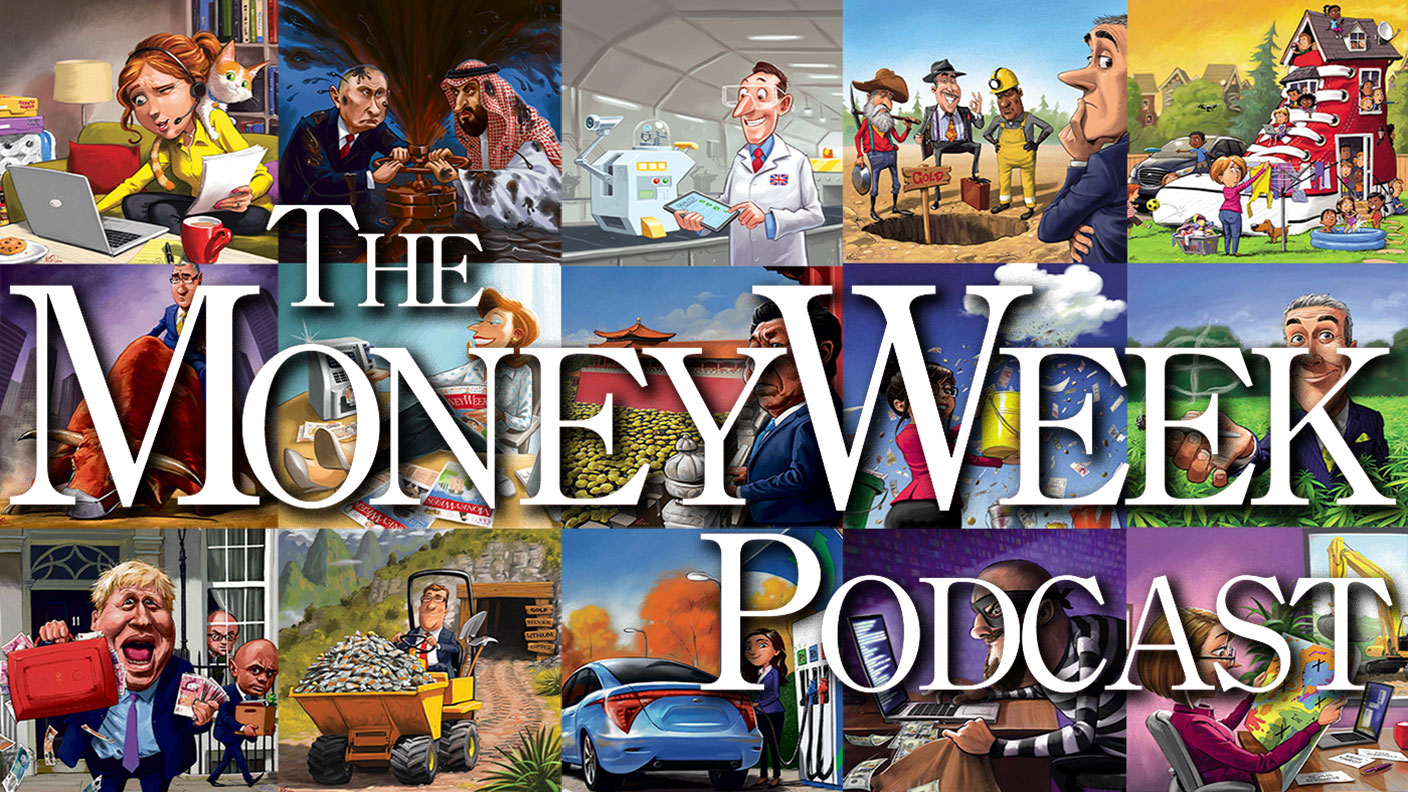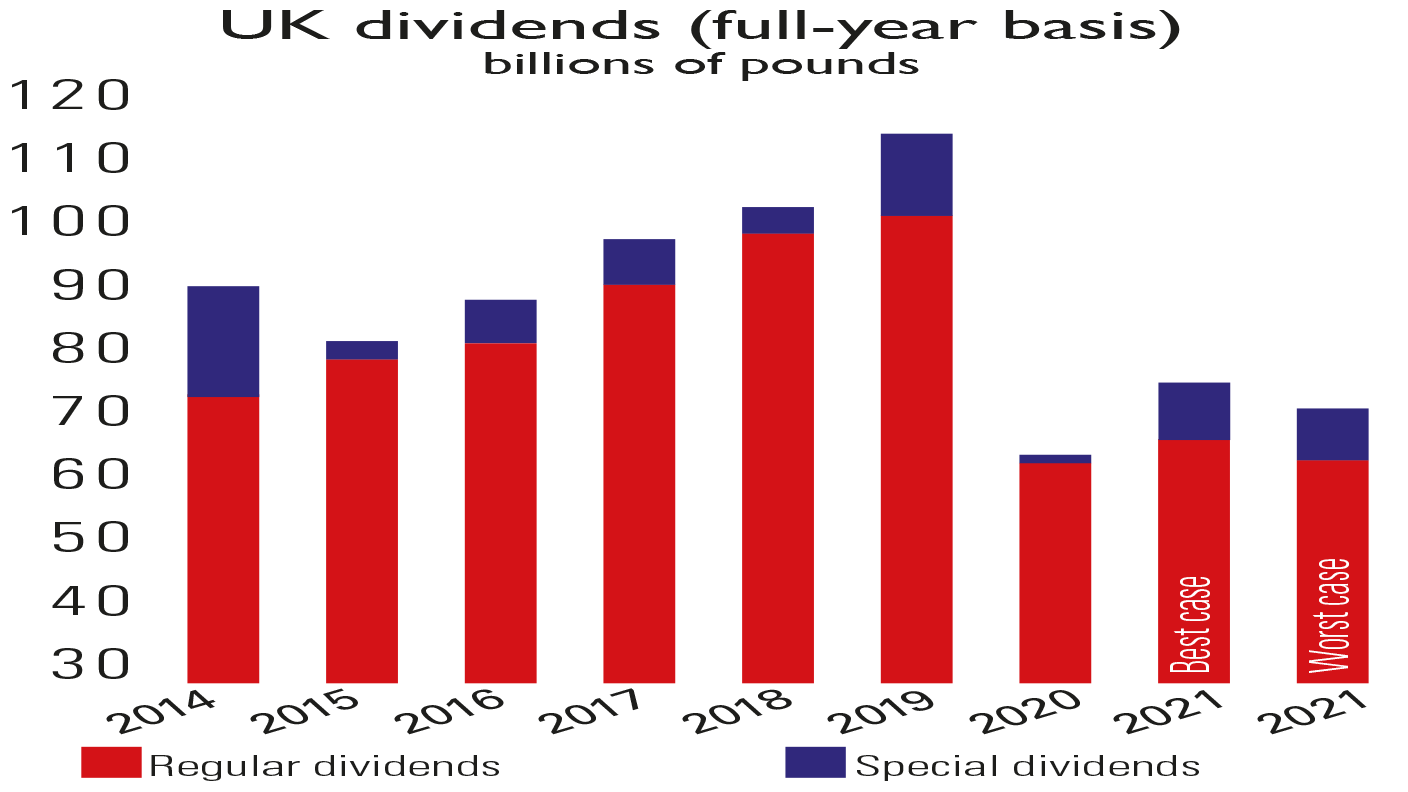How to find the best stocks with dividends
Stocks that pay dividends tend to outperform the market over the long run - as well as providing an income. Here, Rupert Hargreaves explains the best ways to find dividend stocks, and lists his top ten dividend-payers on the UK market now.


Research shows that stocks with dividends tend to outperform the market over the long run, especially in periods of macroeconomic turbulence.
According to a study conducted by US-based asset manager Hartford Funds, between 1930 and 2019, dividends contributed 42% of the S&P 500’s total return between 1930 and 2019 – that’s roughly 1.8% a year on an annualised basis (I’m using the widely-followed US large-cap barometer here, as it reflects a much broader selection of global stocks compared to the UK’s market indices).
The headline figure masks more varied underlying returns. For example, during the 1940s, ’60s and ’70s, Hartford’s research showed that dividends contributed as much as 73% to the total return achieved on equities.
MoneyWeek
Subscribe to MoneyWeek today and get your first six magazine issues absolutely FREE

Sign up to Money Morning
Don't miss the latest investment and personal finances news, market analysis, plus money-saving tips with our free twice-daily newsletter
Don't miss the latest investment and personal finances news, market analysis, plus money-saving tips with our free twice-daily newsletter
However, another study, this time performed by US-based asset management firm Wellington Management, showed that there’s more to dividend investing than just buying the market’s highest-yielding equities.
Wellington divided income stocks into quintiles (fifths) according to their level of dividend payouts. The first quintile, the top 20%, made up the highest dividend payers, while the fifth quintile comprised the lowest payers. The asset manager found that stocks falling into the second and third quintiles outperformed the highest-yielding equities.
In other words, while dividend stocks do tend to outperform over the long-term, looking at a company’s yield alone in isolation is a mistake.
The easiest way to find the best stocks with dividends is to screen for companies with a high level of dividend cover. This is calculated by dividing earnings per share by its dividend payout per share. When the ratio is above two, it can be a sign that the business’s dividend is well covered by earnings. A ratio below one can be a sign the payout is unsustainable.
But there’s no one-size fits all strategy for analysing income stocks. I like to use an approach that incorporates several different metrics to assess an organisation’s financial health and future dividend prospects.
A strategy to find the best stocks with dividends
A company’s ability to return excess profits to investors is essentially determined by three factors: its profit margins, its need for reinvestment, and its balance sheet.
Companies with larger profit margins have more freedom to invest back into the business and return money to investors. Meanwhile, organisations with strong balance sheets don’t need to worry about holding cash back to meet upcoming debt obligations.
On that basis, I consider three metrics when analysing a company’s dividend prospects:
- Interest cover: a measure of how many times a company can cover interest costs from operating profit. While some analysts prefer to look at the overall debt level, this does not take into account the differences between sectors and their ability to sustain high levels of debt. For example, utility companies tend to carry more debt that tends to cost less, as investors are happy to lend against their stable cash flows.
- Operating profit margin: a measure of how much income is left after paying all operating costs. A large operating margin suggests a business has plenty of cash to reinvest in growth, meet its debt interest costs and return cash to investors.
- Free cash flow: the amount of free cash available after operating costs and capital spending. Free cash flow must be positive and cover a company’s total dividend cost.
This list is designed to give me a brief overview of a company’s financial position and dividend credentials. With that in mind, here are my top ten stocks with dividends based on the above criteria:
| Company | Yield (forward) (%) | Interest cover | FCF PS | P/E | Operating margin (%) |
| Bodycote (LSE: BOY) | 3.7 | 27.9 | 48p | 13.2 | 13.6 |
| Britvic (LSE: BVIC) | 3.4 | 10.9 | 58p | 14.2 | 11.7 |
| GSK (LSE: GSK) | 3.8 | 9.7 | 138p | 14.5 | 19.9 |
| Howden Joinery (LSE: HWDN) | 3.2 | 36.5 | 59p | 11.4 | 19.2 |
| Iomart (LSE: IOM) | 3.5 | 6.9 | 22p | 14.1 | 13.8 |
| Moneysupermarket.com (LSE: MONY) | 6.7 | 22.9 | 10p | 13.7 | 23.2 |
| Pets at Home (LSE: PETS) | 3.7 | 11.3 | 38p | 14.6 | 12.4 |
| SSE (LSE: SSE) | 5.2 | 10.8 | 16p | 15 | 43.7; |
| Strix (LSE: KETL) | 4.9 | 16.6 | 2p | 11.4 | 19.9 |
| XP Power (LSE: XPP) | 4.2 | 18.2 | 115p | 14.2 | 12.4 |
All of the above support dividend yields of 3% or more, generate lots of free cash and appear to have strong balance sheets.
They also cover a diverse range of sectors. That’s another important quality to keep in mind when adding dividend stocks to a portfolio – buying companies across a range of sectors can provide some protection against changes in the economic environment.
Britvic (second on the list above) is the perfect example of what I’m looking for in a top income stock. Last year the soft drinks group generated a free cash flow from operations of £176m, leaving plenty of room to fully fund its dividend, which cost £75m. Interest on the company’s debt of £18.5m was easily covered by £161m of operating profit and the group has earned an average operating margin of 10.5% for the past decade.
Interestingly, the company’s net gearing is relatively high at around 150%, which would be enough to exclude the stock from any screens that take overall debt levels into account. However, this ratio does not take into account the intangible assets, which are a vital component of the business for firms like Britvic. The value of its soft drinks brands is not reflected on the group’s balance sheet. Therefore, they won’t be reflected in any gearing ratio figures. Still, as my numbers show, Britvic’s debt is quite sustainable.
Moneysupermarket.com (sixth on the list above) suffers from the same issue. The company’s net gearing ratio sits at around 40%, but its biggest asset is its brand, the value of which is not reflected on the balance sheet. Interest costs of £3.2m a year are easily covered by operating profits of £73m.
Research shows that in the long-term stocks with dividends can outperform the rest of the market. The organisations with the most sustainable dividends tend to be those with the strongest cash flows, fattest profit margins and sustainable debts.
SEE ALSO:
Five dividend stocks to beat inflation
The ten highest dividend yields in the FTSE 100
The ten highest dividend yields in the FTSE 250
The ten highest dividend yields on Aim
The ten investment trusts with the highest dividend yields
Get the latest financial news, insights and expert analysis from our award-winning MoneyWeek team, to help you understand what really matters when it comes to your finances.

Rupert is the former deputy digital editor of MoneyWeek. He's an active investor and has always been fascinated by the world of business and investing. His style has been heavily influenced by US investors Warren Buffett and Philip Carret. He is always looking for high-quality growth opportunities trading at a reasonable price, preferring cash generative businesses with strong balance sheets over blue-sky growth stocks.
Rupert has written for many UK and international publications including the Motley Fool, Gurufocus and ValueWalk, aimed at a range of readers; from the first timers to experienced high-net-worth individuals. Rupert has also founded and managed several businesses, including the New York-based hedge fund newsletter, Hidden Value Stocks. He has written over 20 ebooks and appeared as an expert commentator on the BBC World Service.
-
 ‘Why I have ditched my Help to Buy ISA for cash savings and the stock market’
‘Why I have ditched my Help to Buy ISA for cash savings and the stock market’Without the 25% bonus, my Help to Buy ISA is effectively redundant, says MoneyWeek writer Sam Walker.
-
 Is your inheritance tax allowance cut if you sell to downsize or sell your home to pay for care?
Is your inheritance tax allowance cut if you sell to downsize or sell your home to pay for care?Downsizing relief is a little-known benefit that could save your loved ones tens of thousands of pounds in inheritance tax after you’ve died.
-
 The ten highest dividend yields on Aim
The ten highest dividend yields on AimTips Rupert Hargreaves picks the highest-paying dividend stocks on Aim, London’s junior market for small and medium-sized growth companies.
-
 The income investor’s dilemma
The income investor’s dilemmaAnalysis Pay attention to dividend growth as well as initial yield when picking income trusts, says Max King.
-
 How to boost your income as dividends come back in fashion
How to boost your income as dividends come back in fashionAdvice Dividends are back in fashion. But how do you go about building an income-generating portfolio?
-
 The big dividends on offer from mining stocks
The big dividends on offer from mining stocksAnalysis Miners have gone from bust to boom and are now paying out some of the biggest dividends in the FTSE 100
-
 What income investors should learn from the Covid-19 pandemic
What income investors should learn from the Covid-19 pandemicAnalysis Income investors faced a challenging last year even as markets hit record highs as dividends were largely suspended, but they are bouncing back now. John Stepek looks at what this may mean for income investors.
-
 Richard Marwood: dividends are back on the menu as earnings recover
Richard Marwood: dividends are back on the menu as earnings recoverPodcasts Merryn talks to Richard Marwood of Royal London Asset Management about which companies are recovering from the pandemic as people start spending again; how the UK's best companies are getting snapped up by private equity; and why, even as we move to a renewable-energy future, we'll need Big Oil for some time yet.
-
 Things are looking up for income investors as dividend payouts start to rise
Things are looking up for income investors as dividend payouts start to riseNews UK dividend payouts are ready to grow again, but this crisis has shown why income investors must diversify overseas.
-
Dividends will make a comeback
News It's been a miserable year for income investors. But recent months have brought signs that dividends will return to normal.